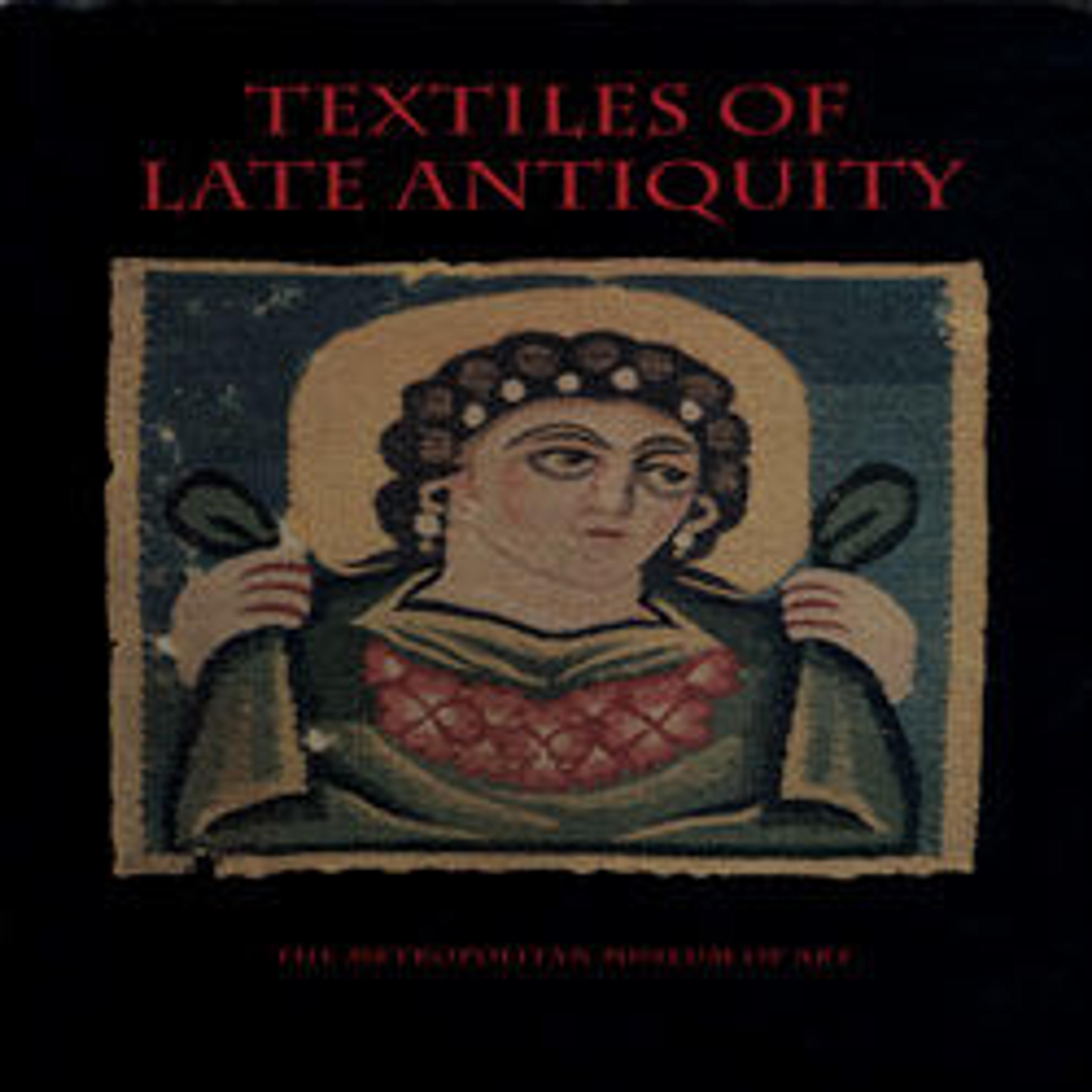Fragment with the Triumph of Dionysos and the Labors of Herakles
In the central medallion, Dionysos and his wife, Ariadne, ride in a chariot driven by a putto and drawn by panthers. Herakles, carrying a club, accompanies the couple. The ancient hero appears again in the frame, where his Twelve Labors are depicted. Although five of the framing scenes are lost, an identical square preserved in the collection of the State Hermitage Museum in St. Petersburg, Russia, allows this fragment to be reconstructed. Several of the labors are easily identifiable: Herakles capturing the Cretan bull, traveling to the underworld and returning with the three-headed dog Kerberos, taming the mares of Diomedes, and slaying the Lernaean hydra. Herakles is included among the bacchanalian thiase (followers of Dionysos), and, like Dionysos, he appears frequently in late Roman and early Byzantine art, particularly on textiles, silver, and ivory.
Artwork Details
- Title: Fragment with the Triumph of Dionysos and the Labors of Herakles
- Date: 4th–6th century
- Geography: Made in Egypt
- Medium: Wool, linen; plain weave, tapestry weave
- Dimensions: Max. H. 12 5/8 in. (32 cm)
Max. W. 11 13/16 in. (30 cm) - Classification: Textiles
- Credit Line: Purchase by subscription, 1889
- Object Number: 89.18.244
- Curatorial Department: Islamic Art
More Artwork
Research Resources
The Met provides unparalleled resources for research and welcomes an international community of students and scholars. The Met's Open Access API is where creators and researchers can connect to the The Met collection. Open Access data and public domain images are available for unrestricted commercial and noncommercial use without permission or fee.
To request images under copyright and other restrictions, please use this Image Request form.
Feedback
We continue to research and examine historical and cultural context for objects in The Met collection. If you have comments or questions about this object record, please contact us using the form below. The Museum looks forward to receiving your comments.
